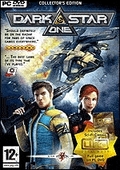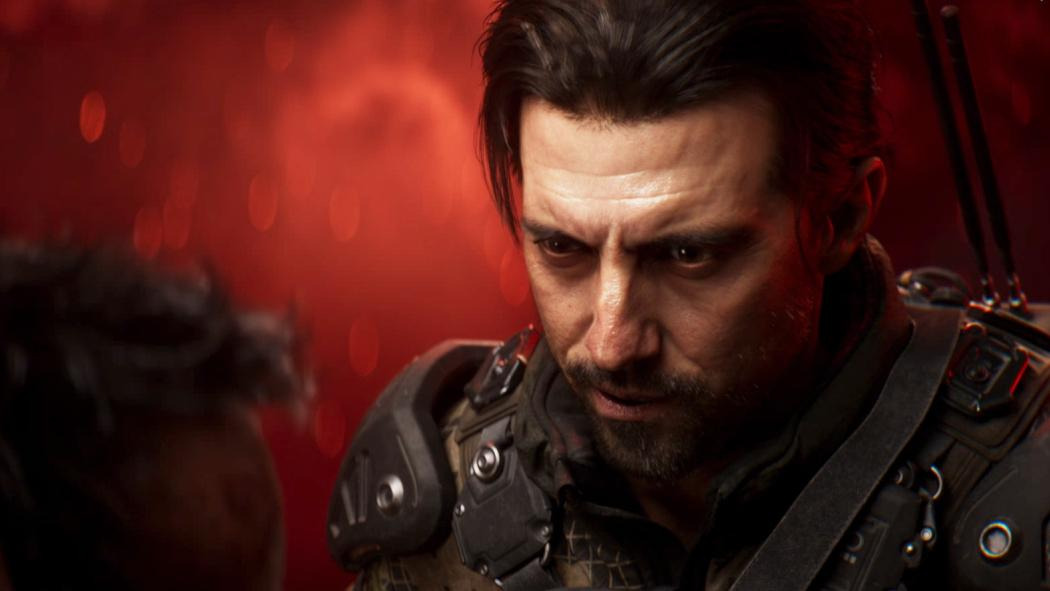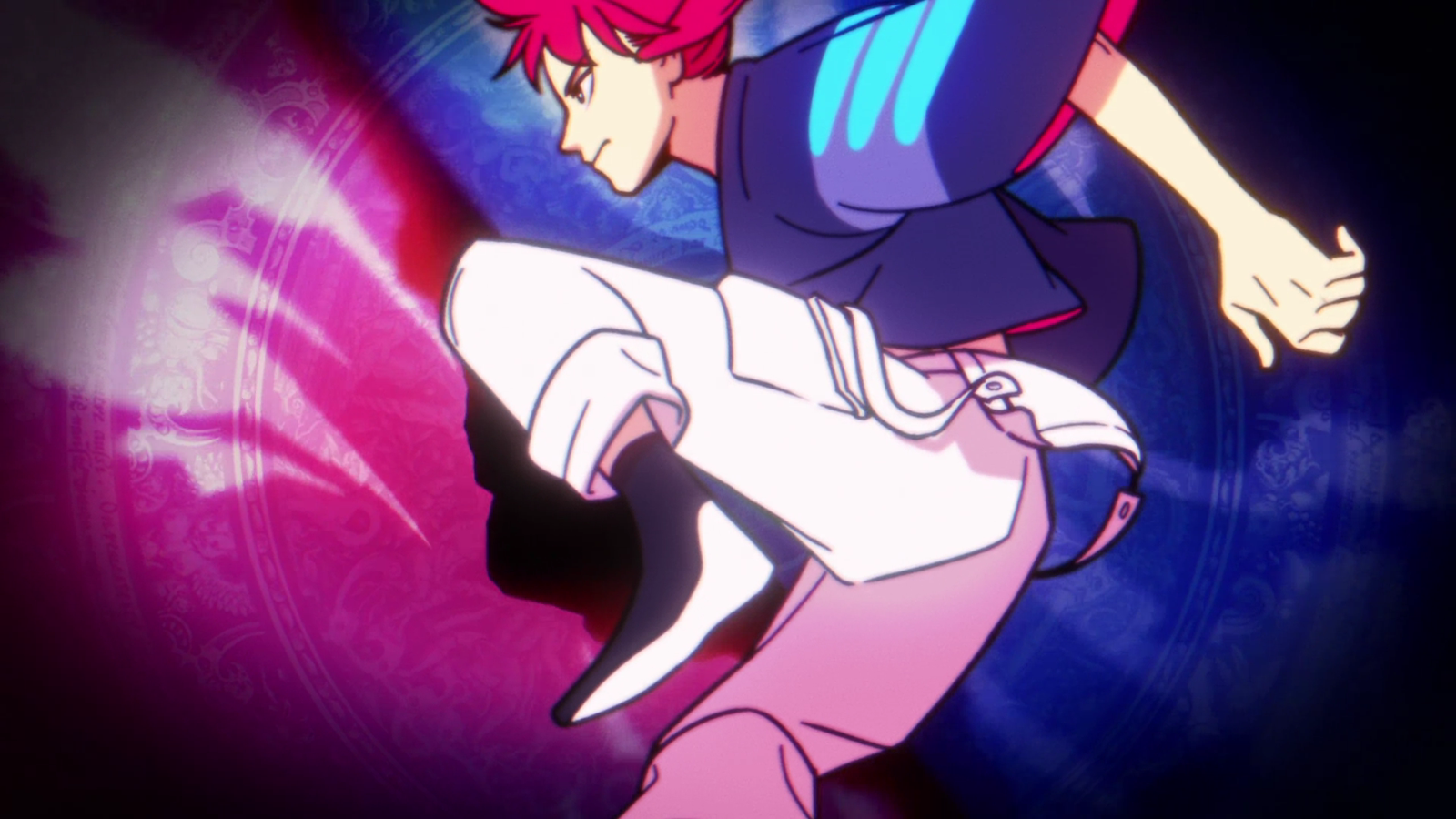You can trust VideoGamer. Our team of gaming experts spend hours testing and reviewing the latest games, to ensure you're reading the most comprehensive guide possible. Rest assured, all imagery and advice is unique and original. Check out how we test and review games here
Some games are so important to the history of video games that every game that follows in its footsteps is compared to it. Elite is one of those games, GTA III is another, and it’s probably no coincidence that both Elite and GTA III feature an open-ended game world that has enthralled gamers of several generations. Darkstar One has all the attributes of the archetypal ‘Elite Clone’ and I’m sure the developers wouldn’t want it any other way. It has trading, naughty pirates, egotistical bounty hunters, grumpy aliens, incremental technology upgrades, and that all important ingredient: space.
You play as Kayron Jarvis, a young and newly qualified fighter pilot, whose father has recently been killed by the all too mysterious race, the Thul. It appears that his ship was sabotaged and Kayron, like any young and impetuous lad, insists on hunting down those responsible. To do this he will need a space ship, and luckily his father was considerate enough to leave Kayron the Darkstar One: a ship with the potential to become the most powerful in the universe.
All of which conveniently leads us onto the Darkstar One itself. One thing that immediately separates Darkstar One from others in the genre is the nature and importance of your starting ship. Unlike other games, where buying new hulls with more weapon slots and cargo space is routine, Darkstar One has you using the same ship throughout the game. The ship itself is based on technology from an ancient (read long and forgotten) people and utilises ‘artifacts’ – which can be found throughout the universe – to upgrade its systems. By collecting artifacts you can upgrade the hull, wings or engines of your ship, and the upgrades you choose will decide the nature and appearance of your ship. So, for example, focusing on the wings and engines will result in a fast and agile ship with powerful primary weapons, whereas focusing on the hull will result in a large and powerful ship with lots of turrets. Overall, this system is well realised and makes a nice change to the grind of saving money for expensive hull upgrades as in other games. Once you have upgraded your ship it’s a relatively simple exercise to upgrade your weapons and get on with fighting pirates, or bounty hunters, or trading or whatever else takes your fancy.
The other feature unique to the Darkstar One is its Plasma Cannon, which is also upgraded by collecting artifacts. It’s not a traditional weapon, but rather adds further offensive and defensive capabilities to your ship based upon a tech tree system. Most of these come in the form of temporary special abilities which, as you progress further up the tech tree, give you a significant advantage during combat. Again, your choice of upgrades will have an effect on the type of ship the Darkstar One becomes and how you approach combat.
If there is one area Darkstar One excels it’s in combat. Although there is, for the purists, support for joystick controls, the primary control settings follow a mouse and keyboard set-up very similar to that found in an FPS. Using the keyboard you can strafe, roll or use the afterburner and reverse thrust to outmanoeuvre your enemies, whilst using the mouse to aim and fire your weapons. It’s all wonderfully simple, yet perfectly satisfying, adding just enough complexity, with extra weapons and Plasma Cannon abilities, to keep things interesting. If there’s one problem it’s that your ship’s upgrades don’t always keep pace with those of your enemies’. This can be especially frustrating when artifacts, the one thing that will help alleviate this problem, are often in systems that need liberating from pirates. Thankfully it is possible to adjust the difficulty level, as long as your pride can endure it.
The ship aside, Darkstar One pans out in much the same way as other games in the genre. The story and free aspects of the game co-exist and you will need to take part in both to explore the universe. The story takes you around each cluster, and you’ll have to upgrade your ship frequently to survive. This means collecting artifacts to upgrade your ship, and earning money to spend on new, more powerful weapons. How you earn this money depends entirely on how you want to play the game. You can collect bounties by defeating pirate gangs, take on side missions at trade stations, escort cargo ships or dabble in the easy to exploit trade system. Of course, it wouldn’t be space if you couldn’t get up to no good, so there’s plenty of opportunity for piracy too. This balance between the freedom to do what you want and the central plot works quite well for first 10 hours or so. Progressing from cluster to cluster is loads of fun and even if the story is a little slow to get going, you’ll have enough fun getting there that it won’t matter too much. However, once you start to get beyond 10 hours and to 15 hours and beyond, a lot of the shortcomings of the game become apparent.
At this point it becomes abundantly clear that you have exhausted most of what the game has to offer in terms of variety. You’ll soon realise it isn’t necessary to buy too many weapons since you can get far better weapons by defeating pirate gangs. This in turn means that making money is less important. You can quite easily get by doing a little trading as you go along, and living off the proceeds from defeating pirates. Thus, taking on extra side missions is not really necessary and the missions themselves aren’t varied enough to warrant attempting just for the fun of it.
The story is another element that simply doesn’t work as well as it should, suffering from a lack of engagement. Characters are introduced in a rather slapdash fashion with little or no explanation of their background or importance, and plot points are dragged on a little too long for comfort. Most of the story is revealed through FMV cut-scenes which, although perfectly presentable, suffer from the sort of wooden acting and scripting normally reserved for George Lucas films. It’s rather difficult to be immersed in a story when you’re trying to follow the befuddled conversations of the characters.
Another frustration is the lack of instruction on certain aspects of the game. I often found myself visiting the official forums to find out how to make certain items work because they weren’t explained adequately in the manual or in the game. Darkstar One doesn’t use the much disliked Starforce system, but rather depends upon having the disc in the drive during play. However, some problems have occurred with the disc spinning up during normal gameplay, resulting in performance issues. It is something the developers have identified and plan to fix with a patch in the very near future.
For a while Darkstar One is a lot of fun; that much is clear. It’s visually appealing, easy to pick up, and the combat has a nice competitive edge to it. But this feeling doesn’t last as long as perhaps it ought to. Once you’ve plundered your way through all the game has to offer, the lack of variety is clear to see and the story isn’t good enough to hold things together. So, enjoy it while it lasts, but expect a game that puts a smile on your face for a few weeks rather than a few months.
/https://oimg.videogamer.com/images/dc1b/darkstar_one_13.jpg)






